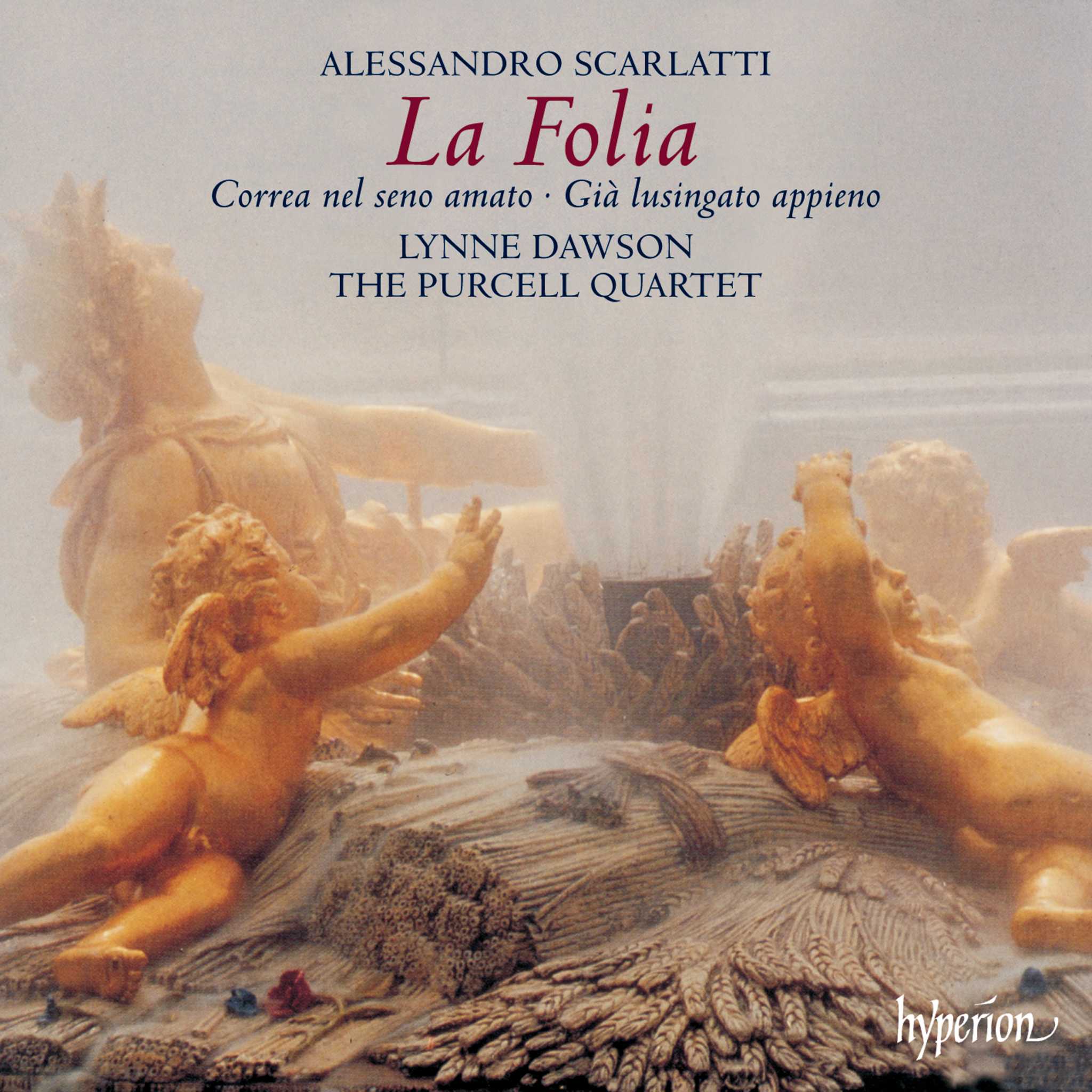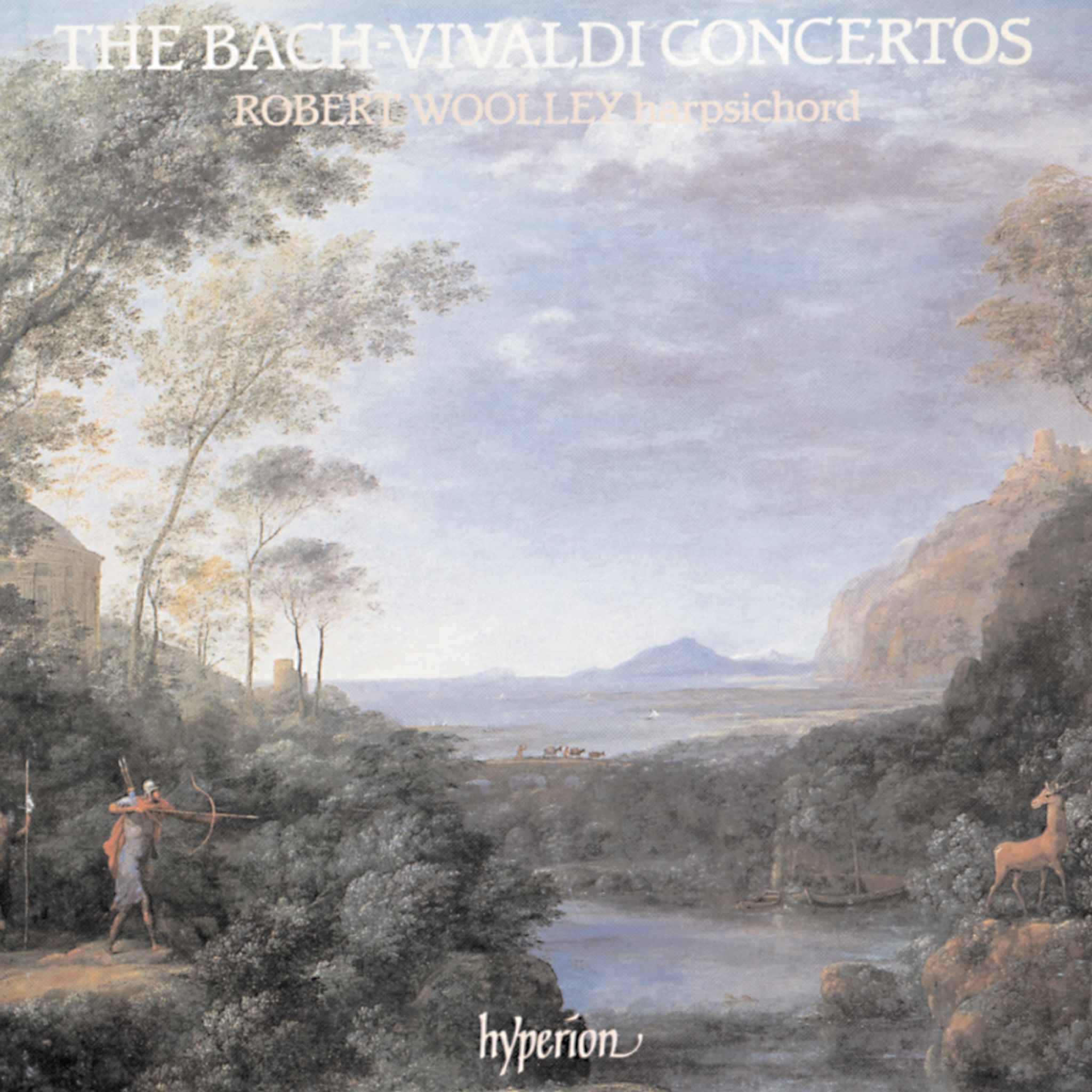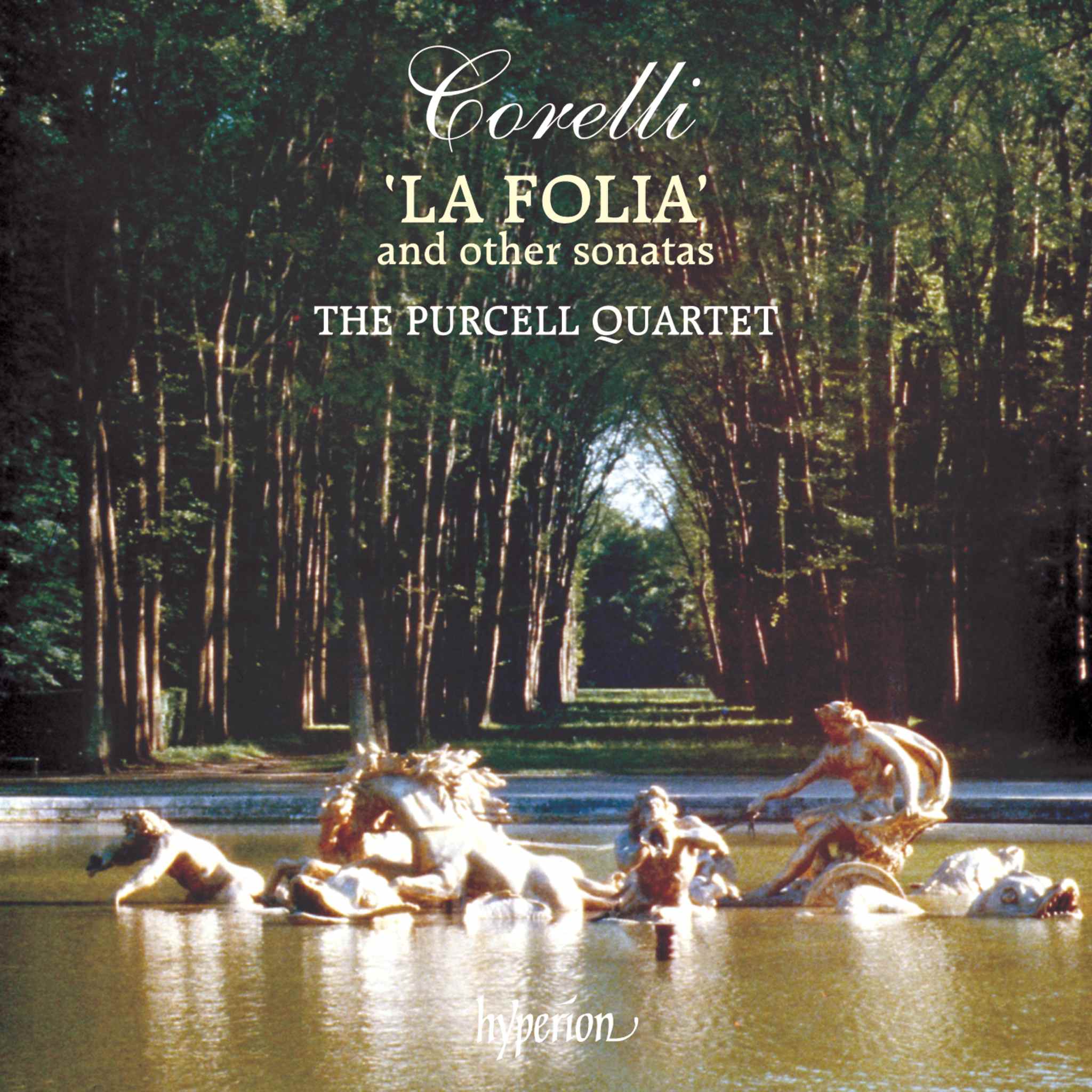Album insights
Marc-Antoine Charpentier, geboren 1643 in der Nähe von Paris und gestorben am 24. Februar 1704, war ein französischer Barockkomponist während der Herrschaft von Ludwig XIV. Nach seinem Studium in Italien, wo er unter dem Einfluss von Giacomo Carissimi stand, kehrte er nach Frankreich zurück und wurde Musikmeister im Dienst der Herzogin von Guise.
Sein bekanntestes Werk ist das Hauptthema aus dem Präludium seines Te Deum, das noch heute als Fanfare bei Fernsehübertragungen des Eurovision Network und der Europäischen Rundfunkunion verwendet wird. Charpentier beherrschte alle Genres und wurde besonders für seine geistliche Vokalmusik von seinen Zeitgenossen gelobt.
Nach der Komposition von Médée im Jahr 1690 widmete er sich hauptsächlich der religiösen Musik. Er wurde Komponist für die Karmeliten der "Rue du Bouloir", die Abtei Montmartre, Abbaye-aux-Bois und Port-Royal. 1698 wurde Charpentier zum Musikmeister für die Kinder der Sainte-Chapelle du Palais ernannt.
Nachdem Molière eine Lockerung des Monopols von Lully beim König erreicht hatte, wandte er sich an Charpentier, um die Musik für verschiedene Theaterstücke zu komponieren, darunter die musikalischen Stücke für "Der eingebildete Kranke". Auch nach Molières Tod 1673 schrieb Charpentier weiterhin Musik für andere Dramatiker wie Thomas Corneille und Jean Donneau de Visé, obwohl er oft mehr Musiker einsetzte als erlaubt war. Schließlich gab Charpentier das Komponieren von Theatermusik auf.
Als Sänger verfügte Charpentier über eine hohe Tenorstimme, die im Französischen als "haute-contre" bekannt ist, und seine Werke zeigen eine einzigartige Verschmelzung italienischer und französischer Stile.






